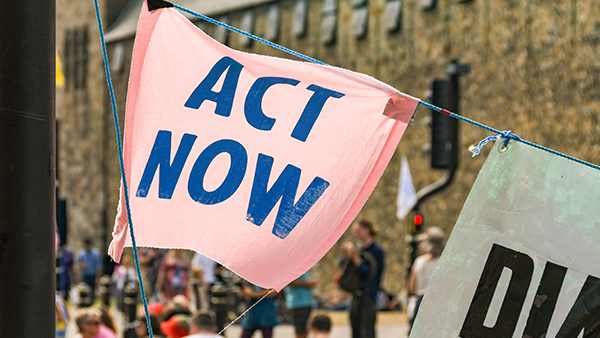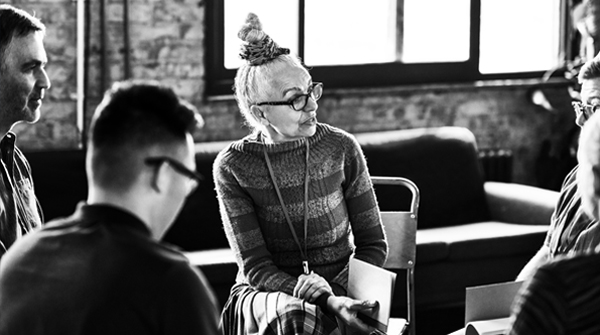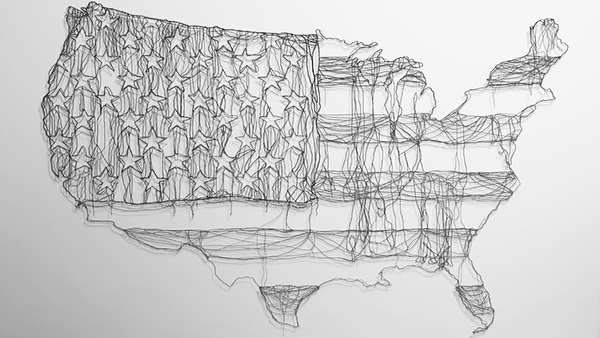Intentional social change is hard. If it were easy a relatively affluent country like ours wouldn’t suffer problems like poverty, social isolation and avoidable physical and mental illness. So whenever anyone offers advice about how to go about change we can be sure it is based as much on hunch as evidence. Also, because society and people are complex, the validity of any broad analysis will vary depending on the specific change we want to explore.
The question is less what is true than what is useful. When we look at social policy we can focus on the specific issue we might want to impact and develop proposals to address that issue, or we might pull out to look at the wider system exploring more deeply why a set of outcomes occur and how that whole system might achieve a higher equilibrium. The former approach may be more realistic in terms of the need to find solutions but is less realistic as an account of the world. The latter system-based approach may describe reality more fully but it can also generate an immobilising level of complexity, while still not capturing the inherent unpredictability of change. Traversing the social landscape we can’t use a map but we do need a compass.
All this is a reason I keep returning to, and refining, a framework of ideas loosely based on cultural theory. This offers a way to understand both what holds things in place and how they might shift. To recap: a system (which may inter alia refer to a locality, or community or a service area) will contain three kinds of momentum; hierarchy (authority, expertise, rules, regulations), solidarity (values, belonging) and individualism (self-interest and aspiration, competition). It is resistance in these domains and the lack of alignment between them which tends to hold things in a dysfunctional state.
Intentional change in the social equilibrium is most likely to be achieved:
First, when reformers can describe a conceivable state in which the three forces or modes can be more effectively combined.
Second, there has to be a way of moving to that state which is realistic in relation to each mode and its internal dynamics. We are unlikely to change people’s self-interested behaviours by appealing to social values, we have instead to change the ‘choice architecture’ so that the same motivation - self-interest - leads to different behaviours. The anthropologist Scott Atran has shown that when people are offered hierarchical or individualistic incentives to abandon solidaristic beliefs they tend only to cling to those beliefs more strongly. In contrast, Molly Melching made powerful progress on FGM in Senegal only when she was able to mobilise mothers to reject this cultural practice on the basis that their love for their daughters was a more important value than adherence to custom.
This approach suggests the possibility of change is contingent (which, of course, it is). In many cases we won’t be able either to imagine a realistic new equilibrium or to find a way of achieving it which works with the logic of each mode. That’s the bad news. The good news lies in the possibility that this approach to systems analysis (including engagement of stakeholders) can sometimes reveal what might be called ‘social moment’; a possibility of equilibrium change not yet released within a system.
Since my appointment by the Prime Minister to undertake a review of modern employment I’ve been using this approach to try to understand how, first, rules and regulations, second, loyalties and a sense of what is fair, and third self-interest and competition are working and interacting. Looking at hierarchical pressure, for example, employment regulations, tax rules and pension and benefit entitlements don’t necessarily align. Dealing with this will be very difficult but how can we get the power of authority to work with values and self-interest if it isn’t internally coherent?
In terms of values and employment it may seem that what many people think is fair and decent, on the one hand, and what some business want and some workers are forced to tolerate, on the other, are in conflict. But as well as the classic business versus worker conflict there may be other ways of framing the values question: the figures show it isn’t just workers but also the tax payer who is exploited when someone being used as an employee is classified as self-employed. And if reform means new rules, and we don’t want the state to become much more intrusive, we need as far as possible to work with people’s sense of what is in their own interests.
The other advantage of looking at a system while using a framework that makes complexity manageable is that it can help us see what unfolds – the key interdependencies - when we start to pursue change. For example, we might spot that strengthening individualistic incentives generates an unwanted solidaristic reaction. This is what happened in the famous example of an Israeli nursery school which started fining parents for picking up their children late. Seeing the system was now based on self-interest, parents who had previously been motivated by social responsibility decided a fine was a good trade off resulting in more of them picking up late. Intelligent and responsive forms of regulation are needed to enable us to adapt to such feedback mechanisms.
At the RSA we talk about ‘seeing like a system and acting like an entrepreneur‘. That is just as hard as it sounds. But then again, so is social change.
Related articles
-
The public are ready to go further and faster on net zero
Anthony Painter
The public are ahead of policy-makers and, indeed, most of the business world. COP26 is an enormous opportunity to catch up. Global leaders should take it.
-
Can progressives ever stop the in-fighting?
Matthew Taylor
Biden's victory has caused the left and moderates to fracture again.
-
Can President Biden bring America together again?
Anthony Painter
There is a long road ahead for the new president.




Be the first to write a comment
Comments
Please login to post a comment or reply
Don't have an account? Click here to register.